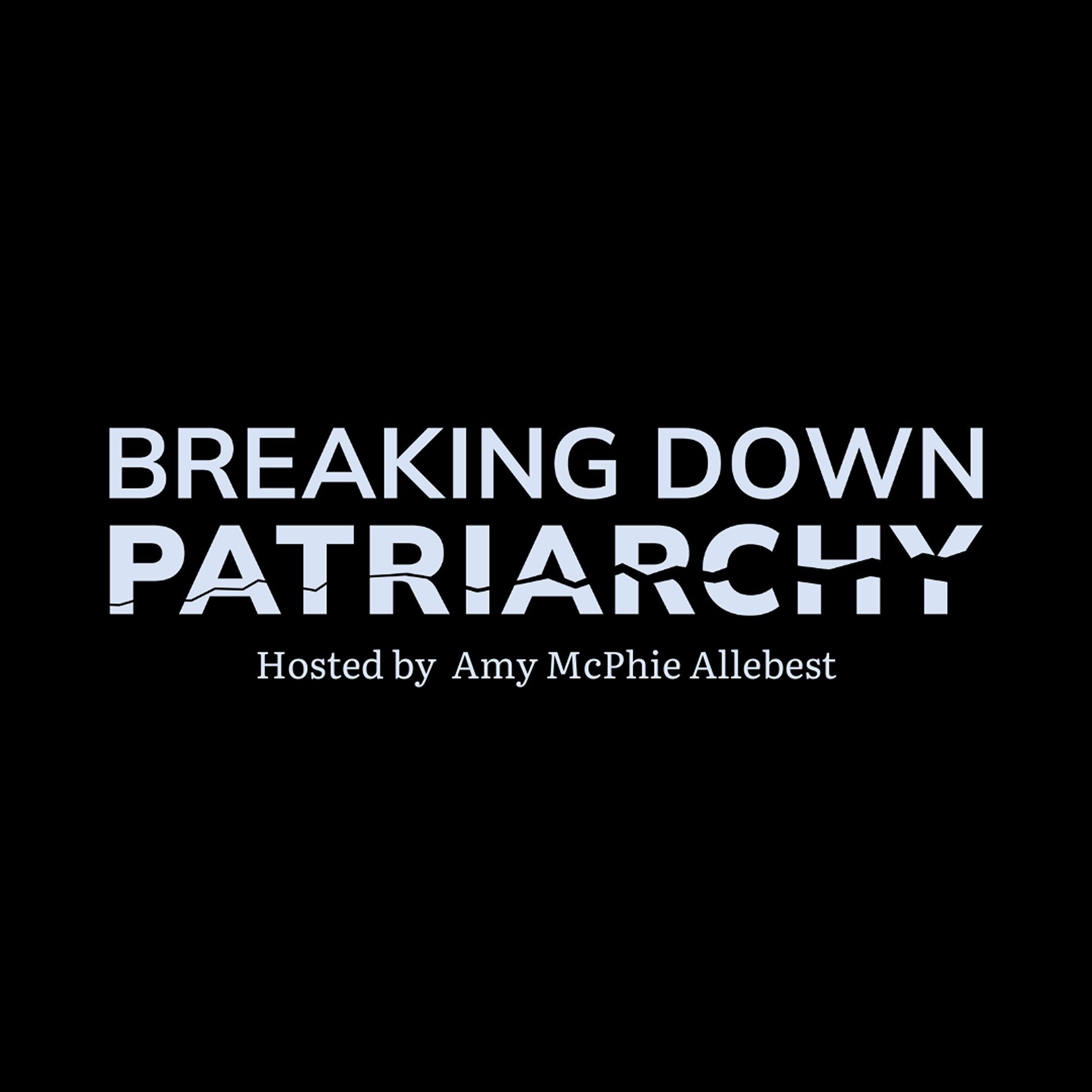Episode 21
A Room of One's Own, by Virginia Woolf
Amy is joined by guest Susannah Harmon Furr to discuss A Room of One’s Own by Virginia Woolf. Topics include the importance of personal space, privilege, accessibility, and learning to listen to yourself.
Susannah Harmon Furr is a designer and art historian with a research focus on the Dutch Baroque period. She founded a women’s clothing line inspired by her research of intricate embroidery Dutch women found the time to painstakingly render on their otherwise prescribed uniforms—details often hidden to all but the wearer—and its significance in their daily lives. She lives in Paris with her husband and three of her four kids and their yellow lab, Cosi. Susannah and her husband, Nathan, have co-authored a book on the possibility that comes from facing uncertainty: www.uncertaintypossibility.com (forthcoming from Harvard Business Review Press in Summer 2022.) Another project close to her heart is The Earnest Project. On Instagram @theearnestproject.


